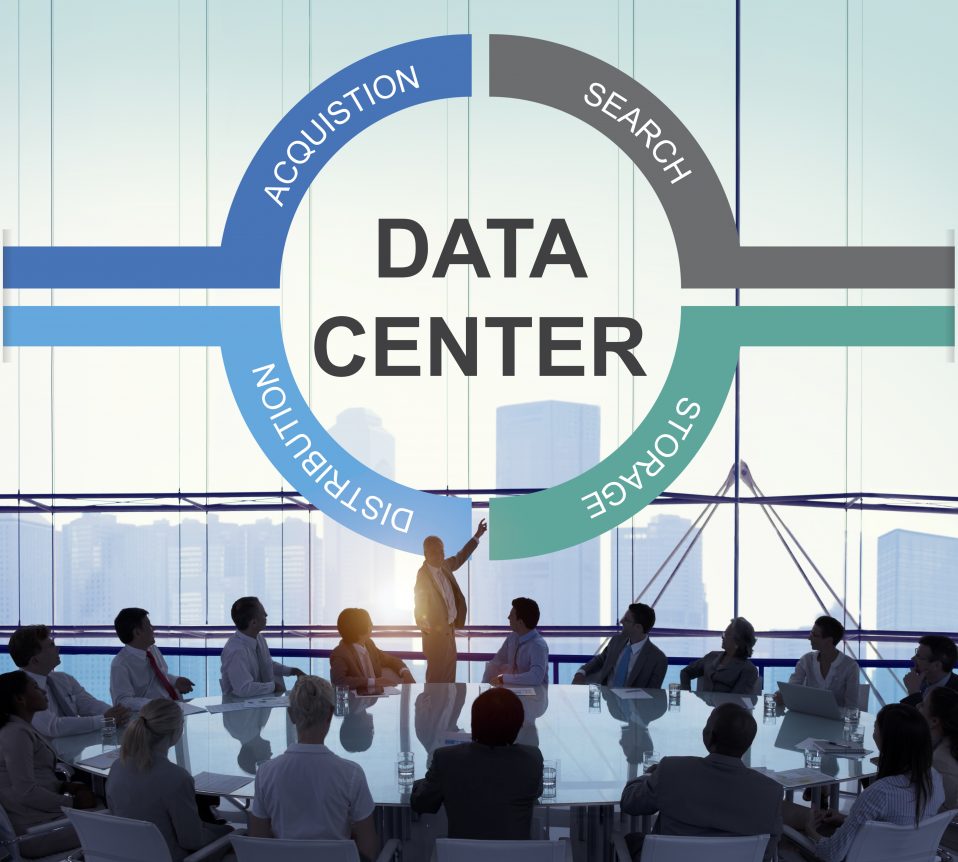In today’s dynamic technological realm, the relentless quest for efficiency, speed, and accessibility has instigated a profound shift. No longer confined to centralized repositories, data now traverses a dispersed landscape, elevating the need for edge data centers. As we embrace the advent of 2024, these centers emerge as vanguards of innovation, fundamentally transforming our approach to comprehending and harnessing data. The traditional paradigm of centralized data centers, once the centers of information storage and processing, encountered limitations in meeting the escalating demands for instantaneous access and reduced inactivity. Consequently, the concept of edge data centers was conceived, offering a solution by redefining the geographical proximity of data to end-users.

In this epoch, data isn’t merely a static entity stored in distant silos. Instead, it flows dynamically, residing closer to where it’s utilized, thereby enhancing response times and facilitating real-time interactions. This evolution signifies a paradigmatic departure from the conventional model of data accessibility. The significance of edge data centers transcends mere convenience; it embodies a seismic shift in the very essence of data utilization. These centers empower applications that demand instantaneous responsiveness, revolutionizing industries and enabling innovations that were once constrained by latency and geographical distance.
As we advance into 2024, these centers are no longer peripheral players but pivotal hubs orchestrating a symphony of seamless connectivity. They stand resolutely at the nexus of innovation, reshaping the fundamental tenets of how we process, disseminate, and leverage data in an era where distance and efficiency reign supreme.
The Genesis of Edge Data Centers
Traditionally, data centers were concentrated, serving vast regions and populations from centralized locations. However, the burgeoning need for low-latency, high-bandwidth applications demanded a shift in approach. Enter the concept of edge data centers – strategically positioned facilities designed to bring data closer to the end-users.
The Transformative Shift
The evolution of edge data centers in 2024 marks a transformative shift in the data landscape. These centers are no longer mere storage units but dynamic hubs that process and deliver information at lightning speed, enabling real-time applications like never before.
1. Proximity to Users
Edge data centers in 2024 prioritize proximity. By dispersing these centers closer to the consumers, the latency is significantly reduced, facilitating seamless experiences for applications demanding immediate responses, such as IoT devices, autonomous vehicles, and augmented reality.
2. Enhanced Security Measures
Security remains paramount. Edge data centers have evolved to fortify themselves against potential threats. With advanced encryption protocols, multi-factor authentication, and robust firewalls, these centers ensure data privacy and protection without compromising on speed.
3. AI and Automation Integration
2024’s edge data centers aren’t just about hardware; they’re also the nerve centers of sophisticated AI and automation. These technologies optimize operations, predict system anomalies, and adapt to changing demands, making them more agile and efficient.
The Impact on Industries
The ripple effects of edge data centers extend across various industries, fundamentally altering how businesses operate and how consumers experience services.
1. Healthcare
In the healthcare sector, edge data centers revolutionize patient care. Real-time data analysis enables quicker diagnosis, remote monitoring, and personalized treatment plans. This advancement not only enhances patient outcomes but also improves overall healthcare accessibility.
2. Retail
For the retail industry, edge data centers redefine the shopping experience. From personalized recommendations based on in-store movements to efficient inventory management, these centers empower retailers to create immersive, responsive, and seamless customer interactions.
3. Entertainment and Gaming
Entertainment and gaming industries witness a paradigm shift with edge data centers. The reduction in latency ensures immersive gaming experiences and seamless streaming of high-definition content, bringing entertainment closer to users in an unprecedented manner.
Challenges and Future Prospects
While the evolution of edge data centers brings about remarkable advancements, challenges persist. The deployment and maintenance of a distributed network demand substantial investments. Additionally, ensuring uniformity in service quality across diverse geographical locations remains a hurdle. However, looking ahead, the future seems promising. Technological advancements such as 5G networks, quantum computing, and advancements in data processing hold the potential to overcome these challenges, further propelling the capabilities and reach of edge data centers.
Conclusion:
Embracing the Edge As we navigate the future, the evolution of edge data centers in 2024 signifies a pivotal moment in our technological journey. It’s not merely about storing or processing data; it’s about empowering innovation, transforming industries, and bringing us closer to a hyper-connected world. The road ahead is paved with opportunities and challenges, but it’s evident that edge data centers are the cornerstone of this technological revolution, reshaping our digital landscape and propelling us into a future where speed, accessibility, and efficiency are the norm




Recent Comments